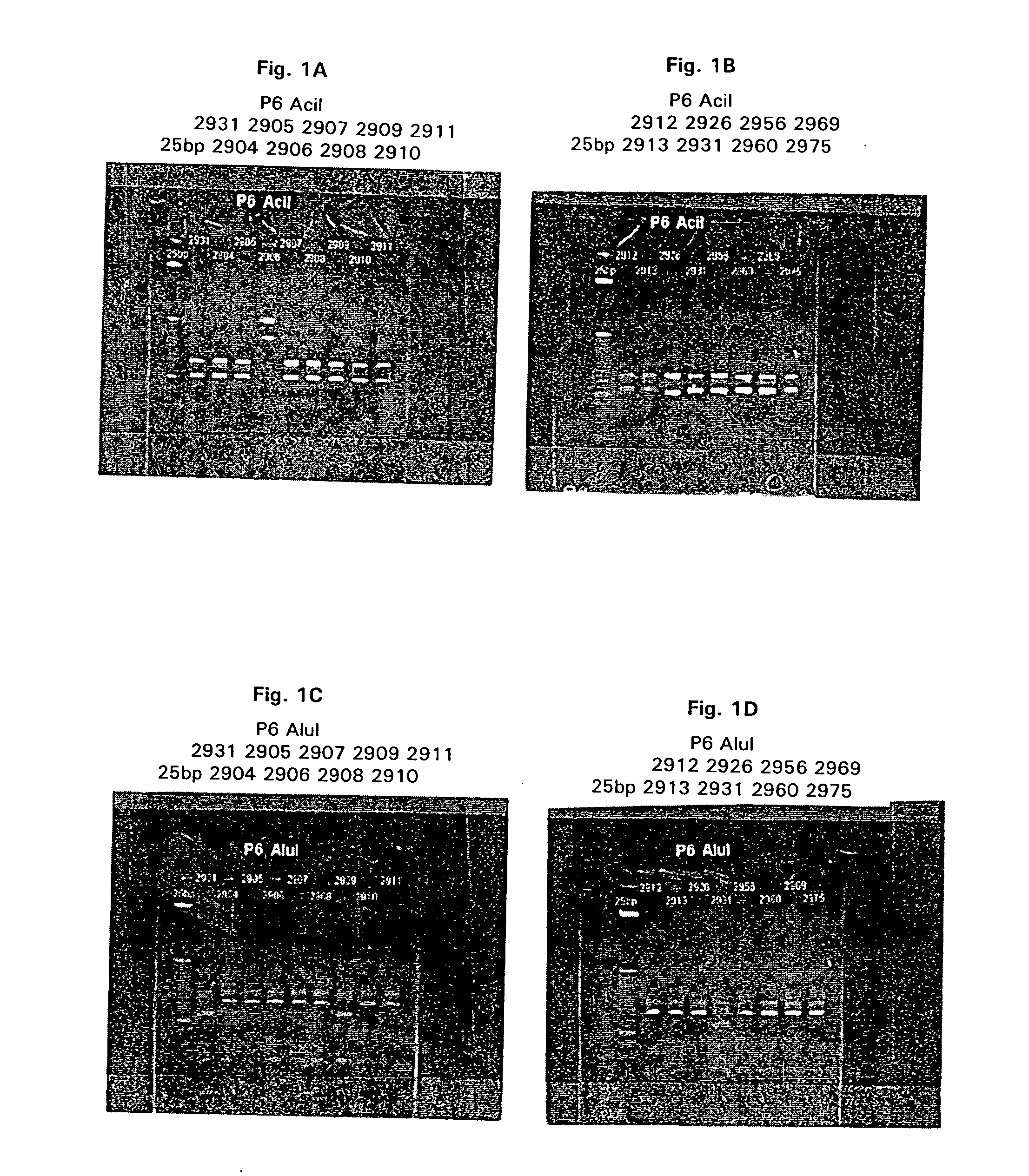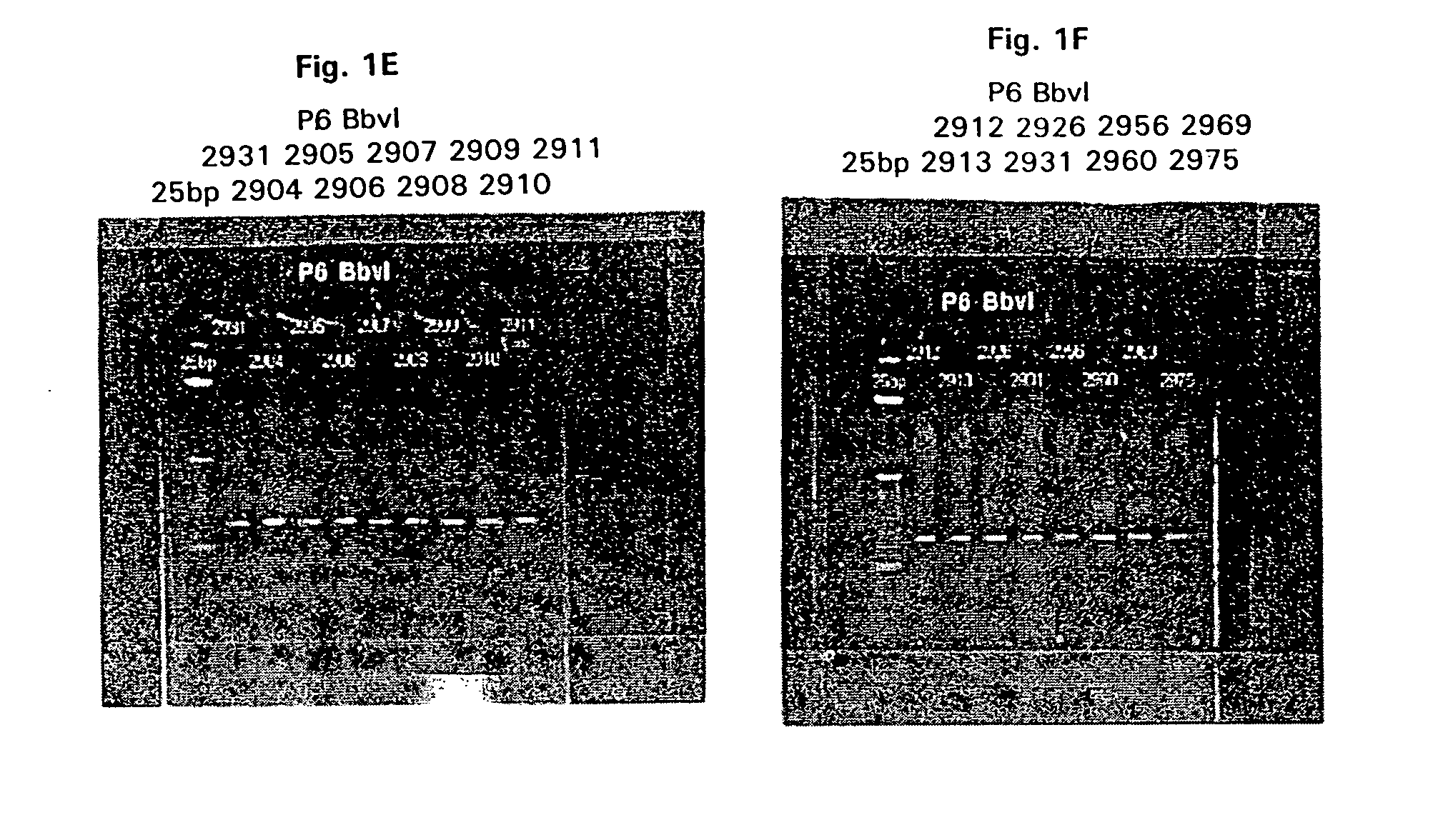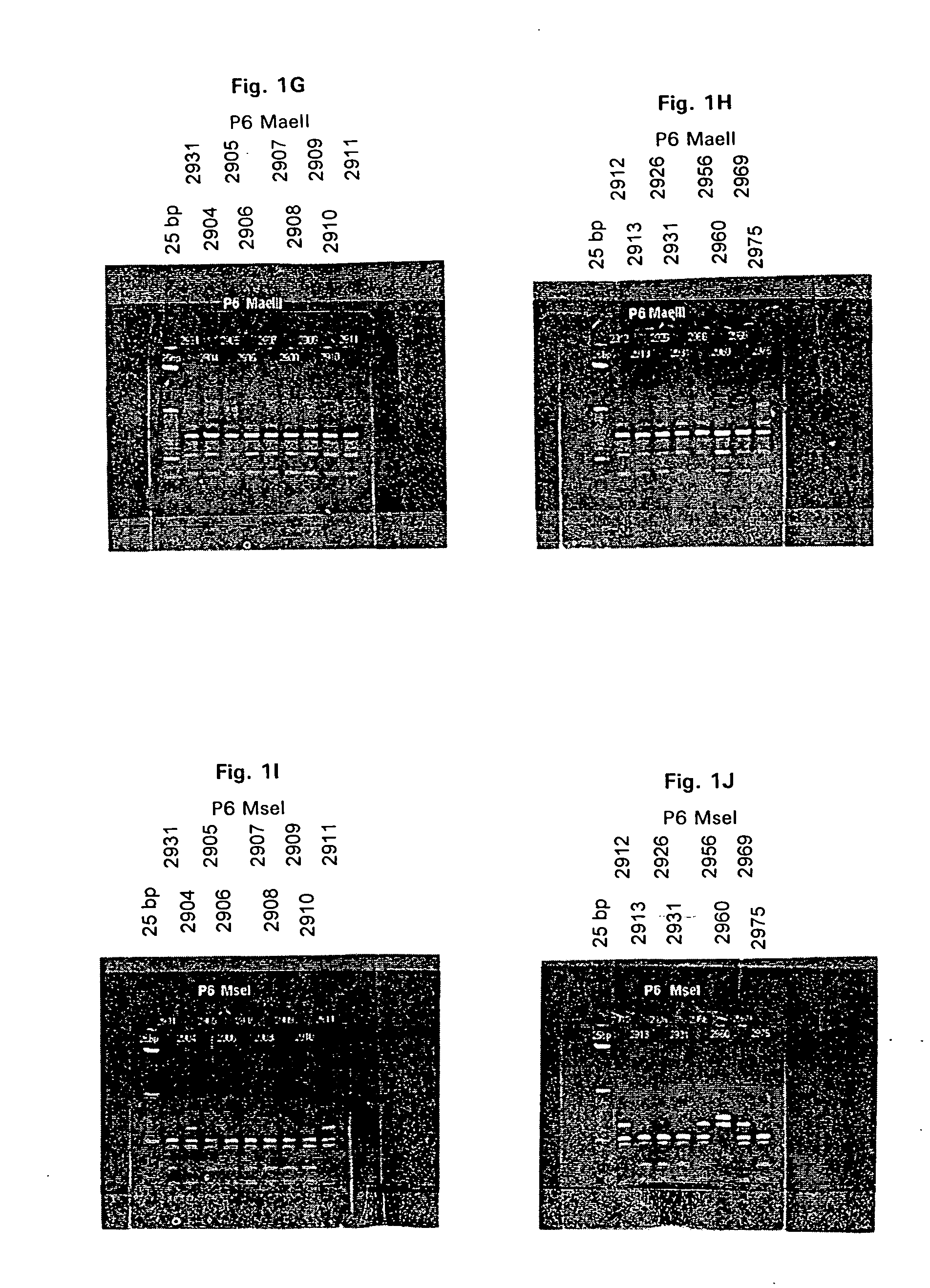BASB019 proteins and genes from moraxella catarrhalis, antigens, antibodies, and uses
a technology of moraxella catarrhalis and genes, applied in the field of polynucleotides, can solve the problems of hearing loss and delayed speech learning
- Summary
- Abstract
- Description
- Claims
- Application Information
AI Technical Summary
Benefits of technology
Problems solved by technology
Method used
Image
Examples
example 1
Discovery and Confirmatory DNA Sequencing of the BASB019 Gene from Moraxella catarrhalis Strain ATCC 43617.
[0189] The BASB019 gene was first discovered in the Incyte PathoSeq data base containing unfinished genomic DNA sequences of the Moraxella catarrhalis strain ATCC 43617 (also referred to as strain MC2931). The translation of the BASB019 polynucleotide sequence showed significant similarity (43% identity on the whole length of the proteins) to the PAL protein of Pseudomonas putida, known as a peptidoglycan-associated outer membrane lipoprotein.
[0190] The sequence of the BASB019 gene was further confirmed experimentally. For this purpose, genomic DNA was extracted from 1010 cells of the M. catarrhalis cells (strain ATCC 43617) using the QIAGEN genomic DNA extraction kit (Qiagen Gmbh), and 1 μg of this material was submitted to Polymerase Chain Reaction DNA amplification using primers E475765 (5′-CCC TTA TTA ATT GAC AAT CAC -3′) [SEQIDNO:9] and E475776 (5′-GGC AGA GTG AAT CTT A...
example 2
Variability Analysis of the BASB019 Gene Among Several Moraxella catarrhalis Strains.
2A: Restriction Fragment Length Analysis (RFLP).
[0191] Genomic DNA was extracted from 16 M. catarrhalis strains (presented in Table 1) as described below. M. catarrhalis was streaked for single colonies on BHI agar plates and grown overnight at 37° C. Three or four single colonies were picked and used to inoculate a ˜1.5 ml BHI (Brain-heart infusion) broth seed culture which was grown overnight in a shaking incubator, ˜300 rpm, at 37° C. A 500 ml erlenmeyer flask containing ˜150 ml of BHI broth was inoculated with the seed culture and grown for ˜12.16 hours at 37° C. in a shaking incubator, ˜175 rpm, to generate cell mass for DNA isolation. Cells were collected by centrifugation in a Sorvall GSA rotor at ˜2000×g for 15 minutes at room temperature. The supernatant was removed and the cell pellet suspended in ˜5.0 ml of sterile water. An equal volume of lysis buffer (200 mM NaCl, 20 mM EDTA, 40 mM...
example 3
Construction of Plasmid to Express Recombinant BASB019
A: Cloning of BASB019.
[0196] The BamHI and SalI restriction sites engineered into the forward ([SEQIDNO:11]) and reverse ([SEQIDNO:12]) amplification primers, respectively, permitted directional cloning of the 504 bp PCR product into the commercially available E. coli expression plasmid pQE30 (QiaGen, ampicillin resistant) such that a mature BASB019 protein could be expressed as a fusion protein containing a (His)6 affinity chromatography tag at the N-terminus. The 504 bp BASB019 PCR product was purified from the amplification reaction using silica gel-based spin columns (QiaGen) according to the manufacturers instructions. To produce the required BamHI and SalI termini necessary for cloning, purified PCR product was sequentially digested to completion with BamHI and SalI restriction enzymes as recommended by the manufacturer (Life Technologies). Following the first restriction digestion, the PCR product was purified via spin ...
PUM
| Property | Measurement | Unit |
|---|---|---|
| Temperature | aaaaa | aaaaa |
| Temperature | aaaaa | aaaaa |
| Fraction | aaaaa | aaaaa |
Abstract
Description
Claims
Application Information
 Login to View More
Login to View More - R&D
- Intellectual Property
- Life Sciences
- Materials
- Tech Scout
- Unparalleled Data Quality
- Higher Quality Content
- 60% Fewer Hallucinations
Browse by: Latest US Patents, China's latest patents, Technical Efficacy Thesaurus, Application Domain, Technology Topic, Popular Technical Reports.
© 2025 PatSnap. All rights reserved.Legal|Privacy policy|Modern Slavery Act Transparency Statement|Sitemap|About US| Contact US: help@patsnap.com



